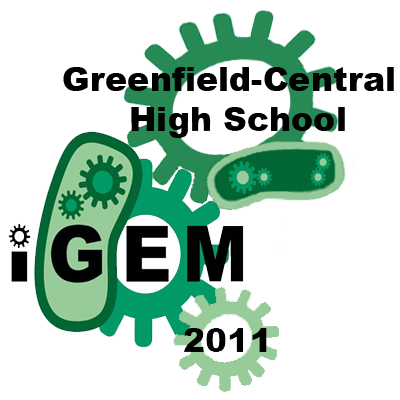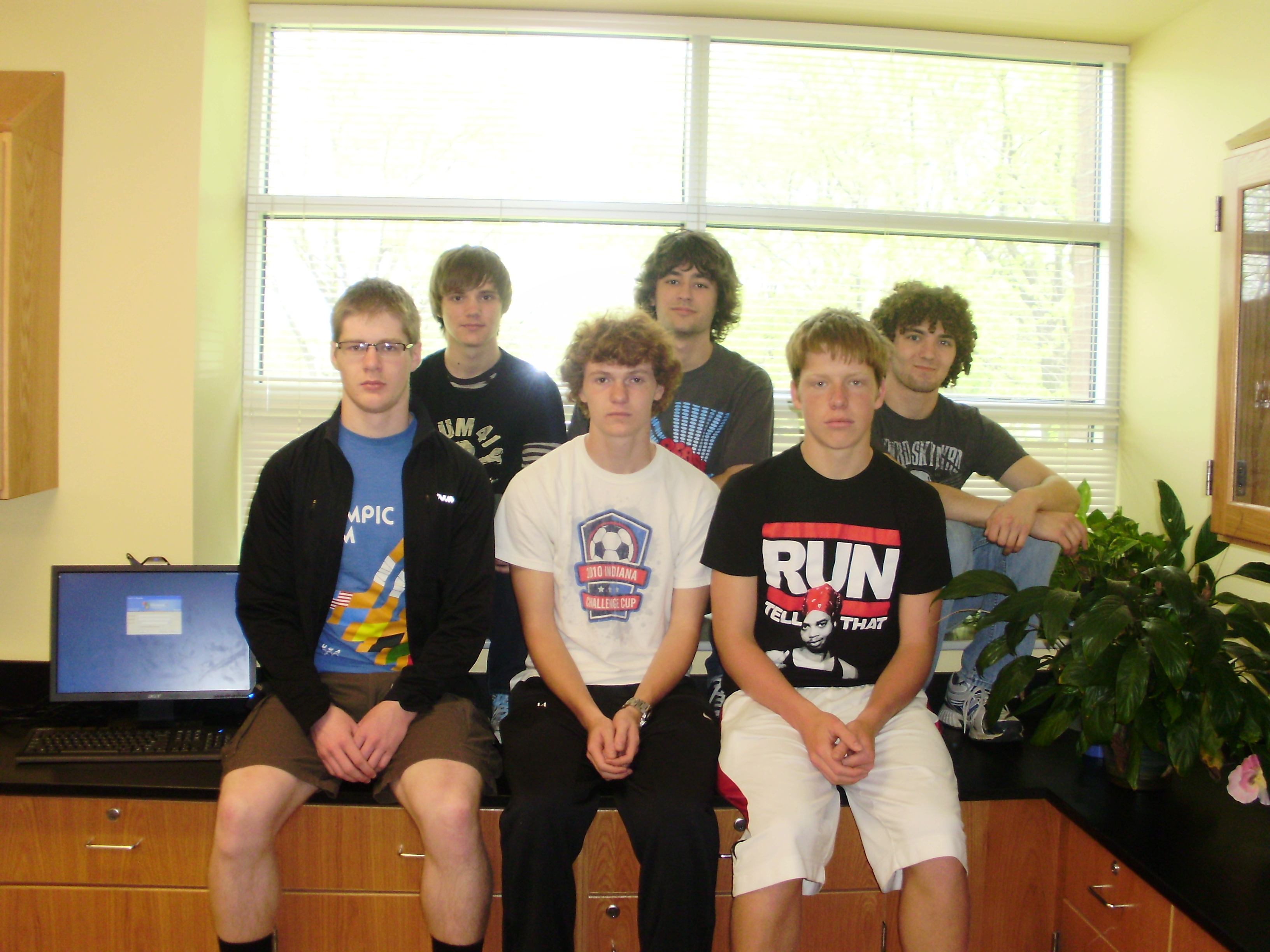Team:Greenfield IN-Rihm-HS/Project
From 2011.igem.org
| Home | Team | Project | Notebook | Parts | Safety | Attributions | Sponsors |
| Our project this year is to design, create, and test a working cadmium water tester. We are going to do this by altering the existing biochemical pathway that Yeast has to recognize the cadmium, and then create our own code that will make it fluoresce red. When we originally had the idea for a water tester, we looked for metals, pesticides, and other harmful substances that are a problem in water supplies. Through much research, we found that cadmium is often a byproduct of many industrial processes, and is often leaked or exposed to the environment. Also, yeast recognizes the presence of cadmium already, so we figured it would be much more simple to alter an existing pathway than to create an entirely new one. We hope through research and experimentation that we are able to make cadmium much more detectable in the environment. | |
|
| |
| Greenfield-Central High School Team Rihm |
Contents |
Overall project
Our project this year is to design, create, and test a working cadmium water tester. We are going to do this by altering the existing biochemical pathway that Yeast has to recognize the cadmium, and then create our own code that will make it fluoresce red. When we originally had the idea for a water tester, we looked for metals, pesticides, and other harmful substances that are a problem in water supplies. Through much research, we found that cadmium is often a byproduct of many industrial processes, and is often leaked or exposed to the environment. Also, yeast recognizes the presence of cadmium already, so we figured it would be much more simple to alter an existing pathway than to create an entirely new one.
Project Details
Part 1
Our first goal for this competition was to design, create, and submit a working part to the iGem registry. The part we want to create is the Cup-1 promoter. This promoter is already present in yeast, so we had to extract it from the yeast genome. We did this using primers of our own design that attached to the specific sequence we wanted, and then removed it from the rest of the DNA. The Cup-1 sequence, with the added primers, is 226 base pairs long. To test our results, we ran a gel using gel electrophoresis, and we determined that the strand we isolated was somewhere between 200 to 300 base pairs long. So it is reasonable to assume that we successfully isolated Cup-1. So our next step was to use the Gibson Method to fuse Cup-1 with our added primers into the iGem BioBrick. Then we transformed the new plasmid into E.Coli bacteria, and put it on ampicillin plates because the iGem BioBrick has an amp marker, meaning it makes the E.Coli ampicillin resistant. This allowed us to differentiate the successfully transformed E.Coli from the normal E.Coli.
The Experiments
We did a number of experiments, such as ran gel electrophoresis, did Gibson Assemblage, ran PCRs, extracted yeast and E.Coli DNA, and isolated DNA from gels.
Part 2
The second part of our project was to create a genetic machine with the Cup-1 promoter and the mCherry translational unit. Using the Gibson Method, we will assemble these two parts together, and then insert those into the plasmid p416 URA3. We will cut the plasmid with the enzyme EcoR1. Once Gibson is done, we will transform the DNA into E.Coli, and put that E.Coli on AMP plates, to see if it grows. If it grows, we will transform into yeast, and plate onto Uracil free media. When the yeast grows, we will test the machine with copper. If it fluoresces red, it means our machine is a success.
Results
Through Gel Electrophoresis we determined that we did successfully extract and insert Cup-1 into the plasmid pSB1A3. So our part was created.
Our overall machine however, did not succeed, as it would not grow on AMP plates after we transformed it into E.Coli. If given more time, we would have tried and again and probably reached success.
 "
"

